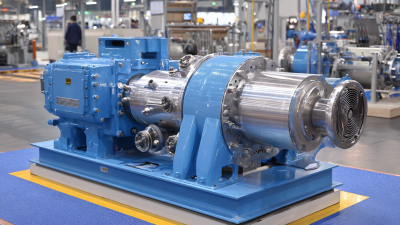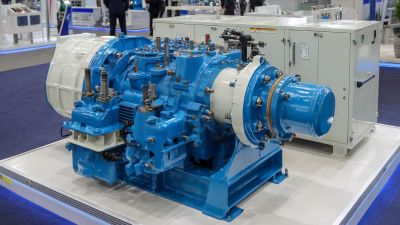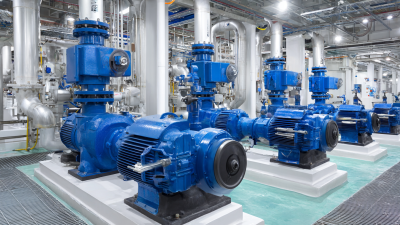Sealless Pumps for a Safer and Greener World


Centrifugal pumps play a crucial role in modern industrial applications, serving as a vital component in a variety of processes ranging from water treatment to chemical manufacturing. As industries continue to evolve and innovate, the demand for efficient and reliable pumping solutions has never been greater.
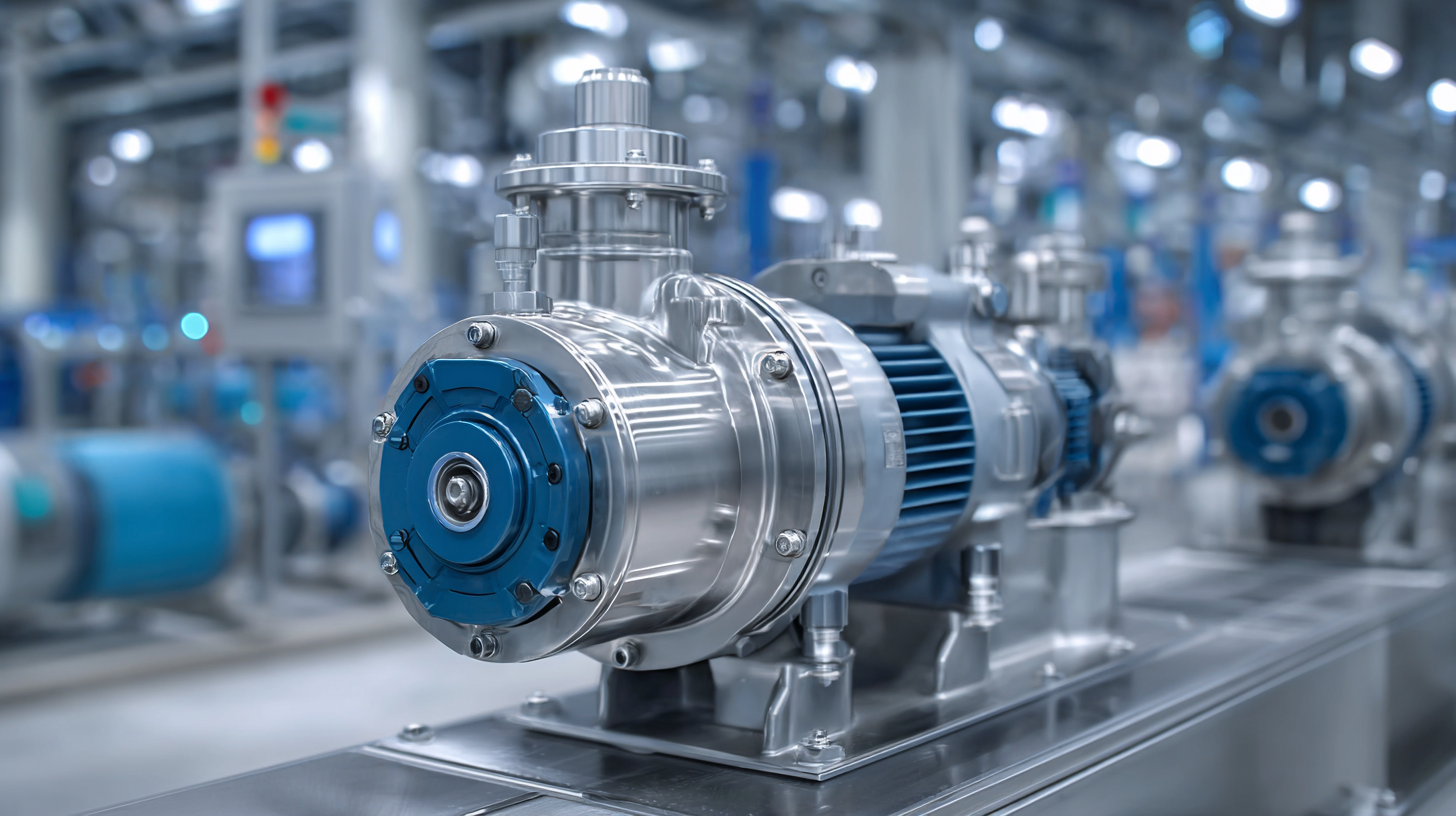
This article aims to delve into the workings of centrifugal pumps, exploring their construction, operating principles, and the specific advantages they offer over other pumping technologies. We will also discuss best practices for selecting the right centrifugal pump for various applications, ensuring optimal performance and longevity.
By understanding how these pumps function and the criteria for their selection, industrial professionals can enhance operational efficiency, reduce costs, and improve overall productivity in their operations. Join us as we explore the integral role of centrifugal pumps and the best approaches to harness their capabilities for contemporary industrial challenges.
Centrifugal pumps play a crucial role in various industrial applications due to their efficiency and reliability. At the core of their function is the principle of converting kinetic energy into hydraulic energy. When the pump impeller spins, it creates a centrifugal force that propels the fluid outward from the center to the periphery. This movement increases the fluid’s velocity, which is then converted into pressure energy as it exits through the discharge pipe. This fundamental mechanism allows centrifugal pumps to handle large volumes of fluid with ease.
In industrial settings, centrifugal pumps are utilized across a wide range of processes, from water treatment to chemical manufacturing. Their capacity to manage different types of fluids, including viscous liquids and corrosive substances, makes them indispensable. Moreover, the design of the pump can be tailored to specific operational requirements, such as varying flow rates and pressure levels. The adaptability of centrifugal pumps ensures that they meet the demanding conditions found in modern industry, making them a backbone of fluid management systems.

Centrifugal pumps play a vital role in modern manufacturing processes, providing an efficient means of moving fluids across various sectors. One of the primary applications of these pumps is in the chemical industry, where they aid in transferring corrosive and viscous liquids. Their ability to handle a wide range of flow rates and pressures makes them essential for maintaining operational efficiency in chemical production.
Another key application is in the food and beverage industry, where centrifugal pumps are used for hygienic fluid transfer. These pumps are designed to meet stringent sanitary standards, ensuring that products remain uncontaminated during processing. Their smooth internal design reduces the risk of bacteria build-up, making them ideal for applications involving sensitive ingredients.
**Tips:** When selecting a centrifugal pump for your manufacturing needs, consider factors such as fluid properties, required flow rate, and system pressure. Regular maintenance is also critical; ensure that your pumps are routinely inspected and serviced to prolong their lifespan and maintain efficiency. Implementing energy-efficient pump solutions can lead to significant cost savings in the long run.
Centrifugal pumps play a pivotal role in various industrial applications, and their advantages over alternative pump types make them a preferred choice in many scenarios. According to the North America Centrifugal Water Pump Market Size report, the demand for centrifugal pumps is projected to grow significantly, driven by their efficiency and versatility. These pumps can handle large volumes of fluid at high flow rates while maintaining a relatively simple design. This makes them ideal for applications in water treatment, agriculture, and even small hydropower generation, where reliability and cost-effectiveness are essential.
One key advantage of centrifugal pumps is their capacity to manage various fluids, including clean water and those with low viscosity. Their adaptability extends to different configurations, including axial flow, radial flow, and mixed flow types, which cater to specific operational requirements. Notably, the soft computing approaches incorporated in modern water pumping systems also highlight how centrifugal pumps are evolving to enhance performance, especially in regions facing electricity shortages. Their capability in agricultural irrigation not only promotes sustainable water management but also significantly boosts crop productivity, aligning with the global trend toward more efficient resource utilization in the agricultural sector.
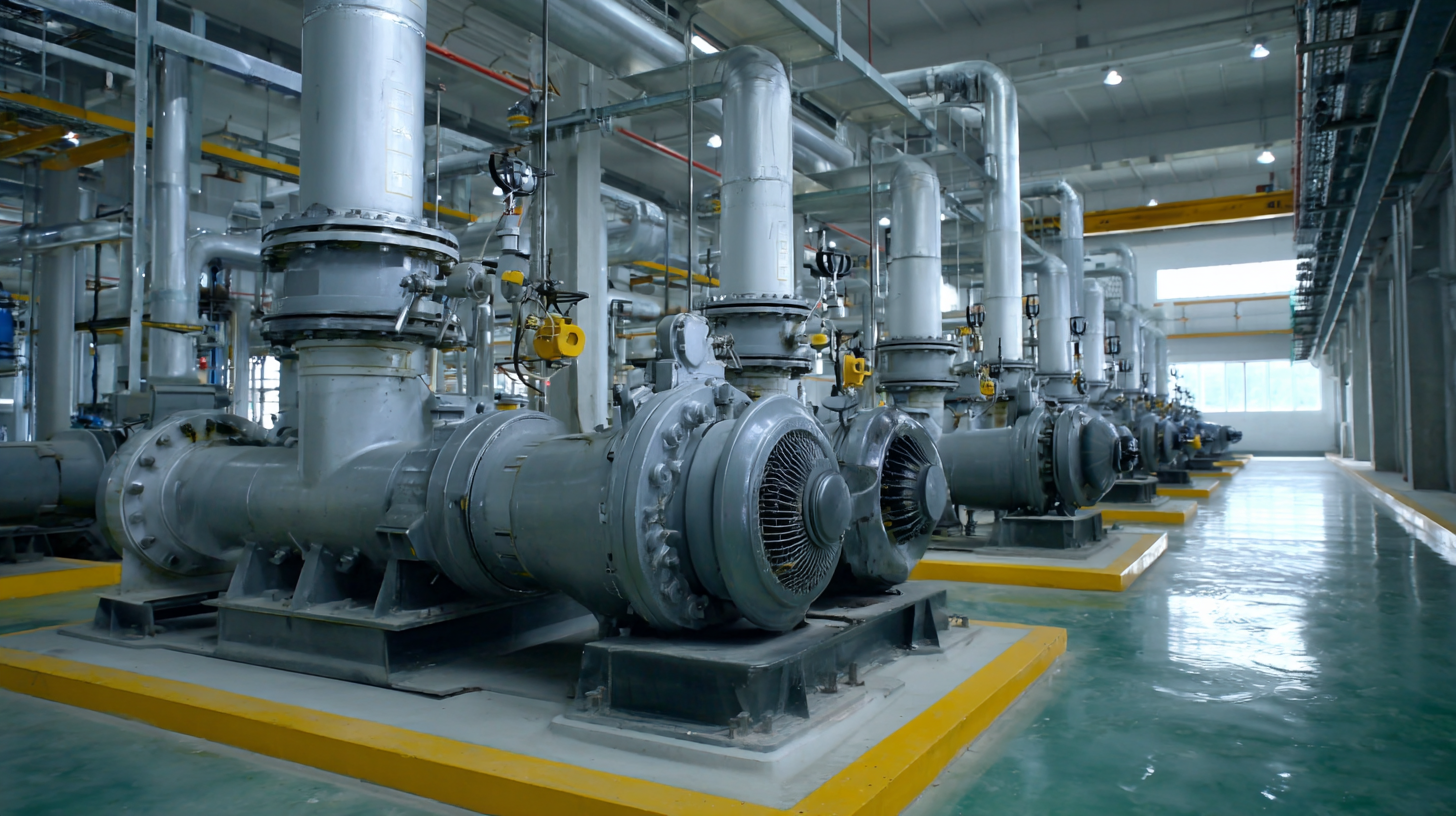
Centrifugal pumps are pivotal in various industrial sectors, including oil and gas, wastewater treatment, and chemical processing. However, these pumps face significant challenges that can impede their efficiency and performance. One critical issue is cavitation, which occurs when vapor bubbles form in the liquid and collapse, leading to potential damage to the pump and reduction in operational efficiency. According to a report by the Hydraulic Institute, approximately 30% of pump failures can be attributed to cavitation, highlighting the necessity for proper system design and monitoring.
Additionally, maintaining optimal performance requires regular maintenance and adjustment to accommodate changes in flow rates and pressures. The flow rate of centrifugal pumps can be affected by factors such as viscosity and temperature of the fluid, which industry experts estimate can cause a 10-15% drop in efficiency if not managed properly. Implementing condition monitoring technologies can help in identifying these issues early on.
Tips: Ensure to regularly inspect pump seals and bearings to prevent leakage and wear, which can lead to costly downtimes. Furthermore, consider the use of variable frequency drives (VFDs) to adjust the pump speed and maintain efficiency across different operating conditions, ultimately extending the pump's lifespan and reducing energy costs.
| Application Area | Common Challenges | Proposed Solutions | Impact on Efficiency (%) |
|---|---|---|---|
| Chemical Processing | Corrosion and erosion | Use of corrosion-resistant materials | 15% |
| Water Treatment | Clogging from sediments | Regular maintenance and filtration systems | 20% |
| Oil and Gas | High viscosity and temperature fluctuations | Heated pump systems and viscosity reducers | 10% |
| Food and Beverage | Sanitation and hygiene standards | Implementation of CIP (Clean-In-Place) | 25% |
| HVAC Systems | Pressure drops | Variable speed drives | 30% |
The centrifugal pump market is witnessing a significant transformation driven by technological advancements and increasing industrial demands. By 2025, the global smart and intelligent pump market is estimated to reach $1.72 billion, with a compound annual growth rate (CAGR) of 7.5% projected until 2034. This growth is primarily attributed to the accelerated oil and gas extraction processes, leading to a continuous rise in demand for electric submersible pumps (ESPs). These pumps, consisting of an electric motor and multi-stage centrifugal pump, play a crucial role in enhancing oil well lifting efficiency.
Tips: As industries embrace automation and digital integration, the digital pump market is expected to nearly double in size over the next decade, thanks to evolving technologies that enable smarter operational efficiencies. The industrial pump market, projected to reach $46.4 billion by 2024, will grow at a CAGR of 5.3% through 2034, underscoring a broader trend of technological innovation meeting the needs of a rapidly industrializing world.
In addition, emerging technologies such as magnetic drive pumps are gaining traction, particularly in sectors like chemical processing and oil and gas. With the market for high-temperature centrifugal pumps expected to grow from $320 million in 2022 to $550 million by 2030, the significance of innovation and sustainable practices in pump technology cannot be overstated.

